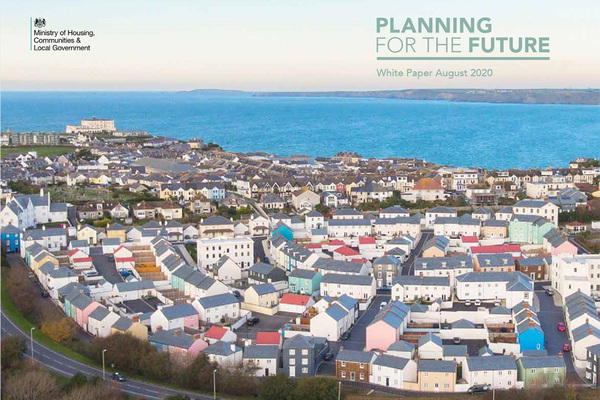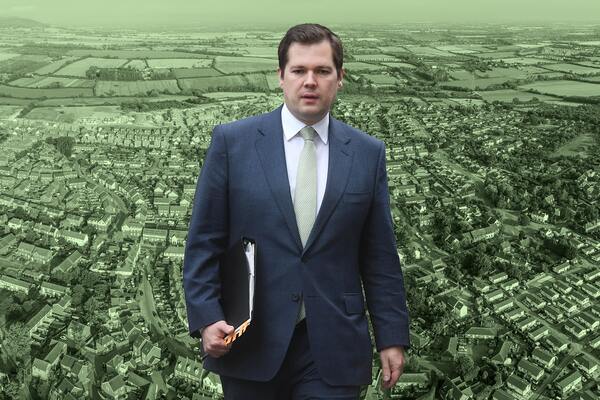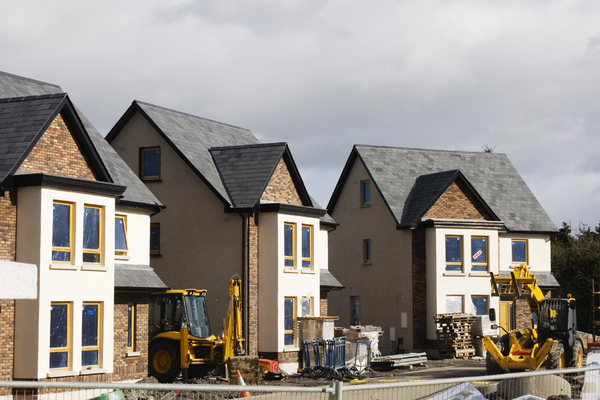You are viewing 1 of your 1 free articles
Boosts to affordable housing grant will be necessary to make up for any changes to Section 106
The government’s planning reforms bring welcome changes, but a grant programme is needed to ensure the affordable housing sector can continue to thrive, writes Jack Burnham
The government’s recently announced planning reforms will give registered providers more control over the design and quality of the housing we provide. But they also force us to consider how we can continue to grow and operate in a lower subsidy environment.
The government must consider a grant programme to make up for shortfalls in subsidy and increased competition felt by registered providers as a result of the latest reforms.
Such a programme would further the government’s plans to “build, build, build” to boost economic recovery and tackle the housing crisis by supporting increased development of higher quality, affordable homes.
Thrive Homes has been changing its development programme from being 90% Section 106-led in 2017 to 90% land-led in 2021. We hold a land bank that will facilitate 50% of our future growth to 2030, with strategic land optioned for delivery beyond that.
We are adopting this model because we want to be able to shape and build our own products on site, ensuring all our customers live in safe, secure, high-quality homes.
We embrace many of the government’s proposed reforms, which give us more opportunity to drive and lead development, rather than being beholden and tagging on to larger developers through Section 106. But we need further support to deliver affordable housing at levels that will meet the needs of those who are otherwise unable to access a safe affordable home.
By allocating a portion of the new National Infrastructure Levy directly to the housing sector, the government could further empower providers to build high-quality homes through land-led projects. This will lead to more, high-quality, affordable homes and enable the sector to better meet the country’s housing needs.
The Section 106 provisions are essentially a development tax mandating the discounted sale of units on private developments to registered providers.
The system is so well established that the requirement to provide Section 106 affordable units is priced into the land market, ultimately depressing land values. Registered providers have been the direct recipient of this subsidy, and will now have to compete with First Homes, the National Infrastructure Levy and the government’s levelling up agenda, to retain some sort of benefit from a development tax.
To put the scale of the Section 106 subsidy in context, in the South East, a Section 106 unit is generally discounted by around a third prior to its sale to a registered provider; in Hertfordshire – an area where £460,000 is the average house price and typically around 35% of new homes must be affordable – 2,500 homes were built in the year to 2019.
“In the most unaffordable parts of the country, these ‘discounts’ can equate to hundreds of thousands of pounds per unit”
This means the “cost” or subsidy involved in providing Section 106 units equates to up to £400m, for one county and one year alone. In the most unaffordable parts of the country, these “discounts” can equate to hundreds of thousands of pounds per unit.
The new £12bn Affordable Housing Programme has been broadly welcomed by the sector, but it will do little in the short-term to replace the outgoing inherent subsidy in the Section 106 provisions. This will affect the medium-term delivery of new affordable homes.
Registered providers can and will continue to provide more homes, but their tenure will be determined by future government subsidy.
Jack Burnham, development director, Thrive Homes
Sign up for our daily newsletter
Already have an account? Click here to manage your newsletters














